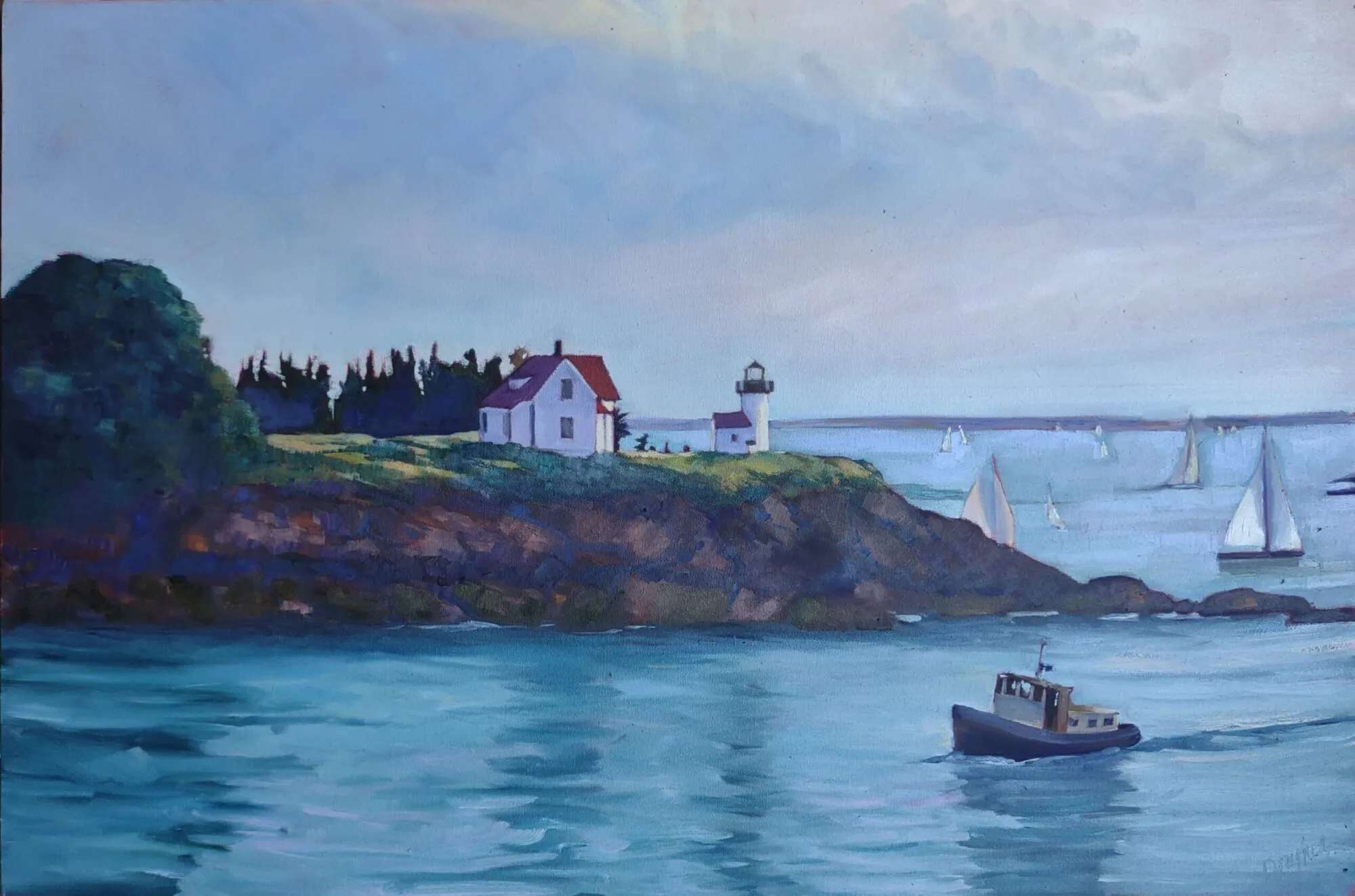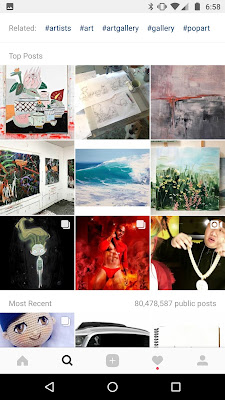There is no Fountain of Youth on the internet. Publish or perish, my friend.
 |
|
Jonathan Submarining, 2016, Carol L. Douglas
|
Earlier this month, I went sailing. That made social media almost impossible. I could have found a workaround solution, but it would have been time-consuming. Constantly searching for a phone signal to make my next tweet, post, or pin would have wrecked my trip.
I’ve
written before about how important frequency is to blogging. The results of my mini-vacation were immediate and dramatic. The following week, hits to my blog dropped by half. It was as if Social Media was in a snit, refusing to speak to me. I was talking to myself in an empty room. Then, suddenly, I was forgiven and my readership went back to normal.
If Social Media were a person and had given me the silent treatment because I went sailing, I’d know exactly what to do about it. I don’t have much use for control freaks. But in our relationship, Social Media holds the whip card. I need her more than she needs me.
 |
|
J&E Riggins and Bowdoin in Castine Harbor, 2016, Carol L. Douglas
|
Most artists don’t have access to market research, so we end up guessing a lot, looking at successful posters and trying to figure out how they manage to get so many followers.
Guessing, of course, is just a nasty word for ‘testing.’ We read, try things, fail, and try again.
- Tweet 14 times a day during the week, seven times a day on weekends;
- Post to Facebook twice a day, once at 10 AM and once at 3 PM;
- Post to LinkedIn once each weekday, at 8 AM;
- Post to Google+ twice each weekday, at 9 AM and 7 PM.
Obviously, there’s a big problem here for one-man shops like ours. We don’t have the staff to post at 3 AM, and we don’t have the time (or in some cases the knowledge) to automate posts to go ‘bang’ at that hour.
 |
|
Storm over Lake Huron, 2016, Carol L. Douglas
|
Socialbakers, a media analytics company, found that the sweet spot on Facebook is five to ten posts a week. Of course, that was done in 2011, and Facebook has tweaked its algorithms many times since then.
They also say that between three and five tweets a day gives you the optimal engagement per tweet. This isn’t, of course, the optimal engagement for your brand, it’s just the point where you wring out the most value for your work. If you want to get the most value for your Twitter presence, multiply that by ten. No joke.
I’m never going to tweet 30 times a day. I haven’t got that many insights. I’m not sure I can stretch them to 3-5 times a day.
 |
|
Parker dinghy, 2015, Carol L. Douglas
|
Social media experts measure posts by ‘half-life,’ which is the time it takes for your post to reach half its total engagements.
Twitter’s half-life is eighteen minutes. Instagram’s is slightly less than an hour. Facebook posts have a half-life of 90 minutes. Conversely, a Pinterest post has a half-life of 3.5 months.
It helps to live in the eastern time zone. About half of Americans do, which means you get a timing advantage.
What does this tell us? Basically, that artists can use the so-called ‘free’ marketing platforms to great effect, but only if we’re constant and aggressive. Otherwise, we’ll sink without a trace.
Note: if you want to read this blog without having to find it on Social Media, you can always subscribe. There’s a subscription box right below that gold medal on the top right.

























